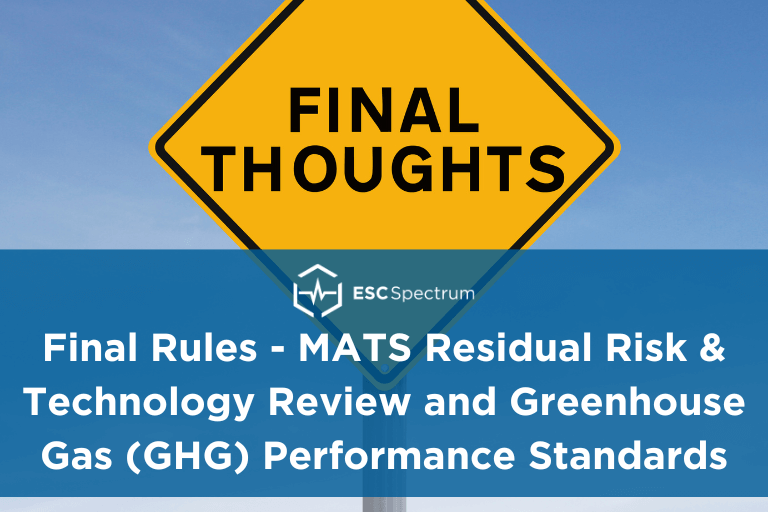NSPS OOOOb & OOOOc Rules on Methane: What You Need to Know

Discover key insights on the EPA’s finalized NSPS OOOOb and OOOOc rules targeting methane emissions in the oil and natural gas sector. Learn about the stringent measures, compliance requirements, and industry impacts of these essential regulations effective November 2022.
Particulate Matter CEMS: Navigating New EPA Regulations

This article will walk you through the role of Particulate Matter (PM) Continuous Emissions Monitoring System’s (CEMS) in air compliance.
Refining Processes: Understanding Flare Requirements in EMACT

The Ethylene Manufacturing National Emission Standards for Hazardous Air Pollutants (NESHAP) under Subpart XX and YY establish requirements to control hazardous air pollutants (HAP) emissions from ethylene production units. This blog post focuses on the flare requirements specified in these regulations.
Gas Chromatography CEMS for Refining: Performance Specification 9

Learn more about 40 CFR Part 63 Subpart CC Performance Specification 9 to ensure accurate measurement of gaseous organic compound emissions. Performance Specification 9 (PS-9) establishes the requirements and procedures for Gas Chromatographic Continuous Emission Monitoring Systems (CEMS) in stationary sources.
Navigating Refining Regulations: 40 CFR Part 63 Subpart CC

Learn more about National Emission Standards for Hazardous Air Pollutants from Petroleum Refineries specifically on 40 CFR Part 63 Subpart CC. This blog post outlines the steps to comply with Subpart CC and how ESC Spectrum can equip your facility to streamline emission monitoring needs.
Retiring a CEMS: Ensuring a Smooth and Secure Process for Your Facility

Retiring a unit can be a long-winded and stressful process. This blog post gives some insight into how to make the process go smoothly.
Understanding Air Emissions Regulations for Industrial Cooling Towers & Heat Exchangers

Explore industrial process cooling towers and heat exchangers and their requirements under NSR in Texas and nationwide.
Upgrading Your CEMS in Refineries and Petrochemical Facilities

This blog post will explore the various upgrade options for CEMS in refining and petrochemical facilities, detailing the benefits of each.
Final Rules – MATS Residual Risk & Technology Review and Greenhouse Gas (GHG) Performance Standards

In May of 2024, the EPA finalized stricter rules for Mercury Air Toxic Standards (MATS) and Greenhouse Gas (GHG) Performance Standards. Key changes include tighter limits on particulate matter and mercury emissions, mandatory use of PM Continuous Emissions Monitoring Systems (CEMS), and new compliance timelines. Learn more about how these final rules can affect your facility.
Data Acquisition in Refineries: Plant Process Systems vs Data Controllers

This blog post will walk you through all the ways using the 8864 Data Controller in refineries can mitigate risks for your facility.
Environmental Data Registry (EDR): A Guide to Effective Emissions Data Management

Dive into the world of Environmental Data Registries (EDRs) with our expert guide. Learn how to manage emissions data effectively, ensure compliance, and avoid errors. Explore practical tips and real-world solutions from industry experts.
Best Practices for Replacing Your Analyzers Under Part 75

This article explores the significance of stack analyzer replacement due to factors like aging, obsolescence, and poor performance. Gain valuable insights into the complexities of CEMS analyzer replacement and recertification, aiming to assist industrial and utility plants in maintaining compliance with air quality regulation 40 CFR Part 75.
